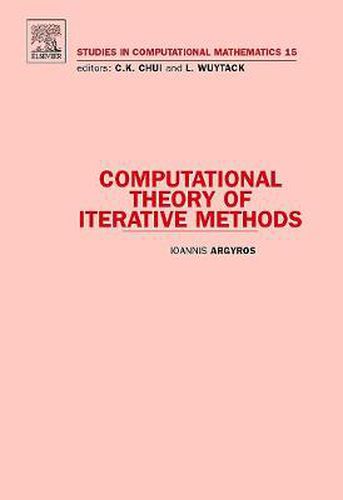Readings Newsletter
Become a Readings Member to make your shopping experience even easier.
Sign in or sign up for free!
You’re not far away from qualifying for FREE standard shipping within Australia
You’ve qualified for FREE standard shipping within Australia
The cart is loading…






The book is designed for researchers, students and practitioners interested in using fast and efficient iterative methods to approximate solutions of nonlinear equations. The following four major problems are addressed. Problem 1: Show that the iterates are well defined. Problem 2: concerns the convergence of the sequences generated by a process and the question of whether the limit points are, in fact solutions of the equation. Problem 3: concerns the economy of the entire operations. Problem 4: concerns with how to best choose a method, algorithm or software program to solve a specific type of problem and its description of when a given algorithm succeeds or fails. The book contains applications in several areas of applied sciences including mathematical programming and mathematical economics. There is also a huge number of exercises complementing the theory.
$9.00 standard shipping within Australia
FREE standard shipping within Australia for orders over $100.00
Express & International shipping calculated at checkout
The book is designed for researchers, students and practitioners interested in using fast and efficient iterative methods to approximate solutions of nonlinear equations. The following four major problems are addressed. Problem 1: Show that the iterates are well defined. Problem 2: concerns the convergence of the sequences generated by a process and the question of whether the limit points are, in fact solutions of the equation. Problem 3: concerns the economy of the entire operations. Problem 4: concerns with how to best choose a method, algorithm or software program to solve a specific type of problem and its description of when a given algorithm succeeds or fails. The book contains applications in several areas of applied sciences including mathematical programming and mathematical economics. There is also a huge number of exercises complementing the theory.